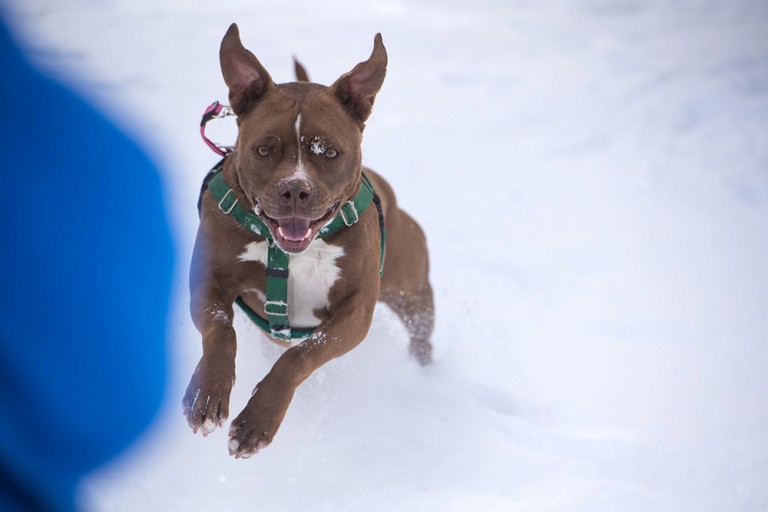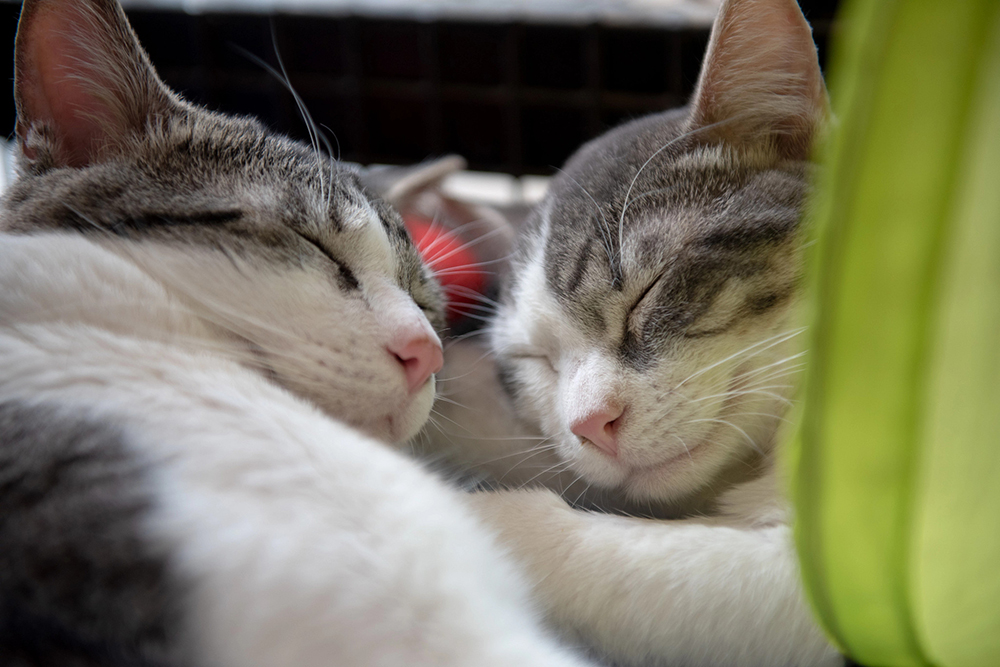By Forum Staff
Best Friends Animal Society, a leading animal welfare organization working to end the killing of cats and dogs in America’s shelters by 2025, wants pet owners to be prepared as temperatures begin to tumble to dangerous levels. Best Friends released the below top 10 tips to help people and their pets stay as safe as possible:
- Keep your pets inside during extreme temperatures. Once the temperature drops below 20 degrees Fahrenheit, pets are at risk of developing hypothermia or frostbite.
- Dogs and cats’ paws, ears, and tails are the most common areas that pets can develop frostbite – this increases if those areas are wet.
- If a pet needs to spend time outside during extreme temperatures, keep both walks and potty breaks short.
- Use plastic water bowls for outdoors. A pet’s tongue may stick to metal, and they could injure themselves when trying to pull away.
- Chemicals used to melt snow and ice can injure or irritate the pads of pet’s feet. Look for pet-friendly ice melt products and steer clear of anti-freeze which is toxic to pets. Gently wipe their feet with a damp towel once they are back inside to avoid a trip to the veterinarian. Wearing boots can protect paws from irritating salt on the street.
- Many dogs, particularly those with short coats, will be more comfortable if they have a sweater or coat on. If a dog frequently lifts their paws, whines or stops during walks, it is probably because their feet are cold.
- Be particularly careful when taking older, arthritic animals and small pets outside. They may become stiff and tender quickly and often find it difficult to walk on the snow or ice.
- Don’t let dogs off the leash during a snowstorm. No matter how much they want to play in the snow, they can easily lose their scent and become lost.
- Always make sure dogs are wearing ID tags and are microchipped before you take them out.
- Always check under the hood of a car’s engine – a favorite hiding space for community cats. Check underneath a car, bang on the hood, and honk the horn before starting the engine to make sure a cat hasn’t taken up temporary housing there.


